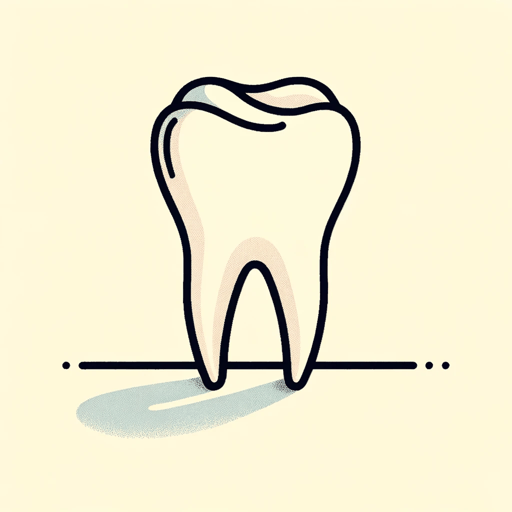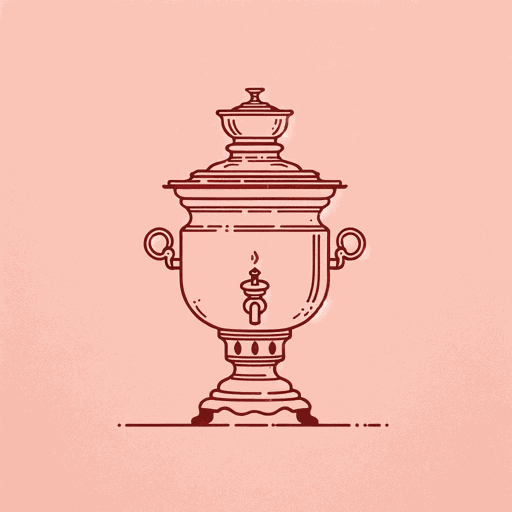68 pages • 2 hours read
Fyodor DostoevskyCrime and Punishment
Fiction | Novel | Adult | Published in 1866A modern alternative to SparkNotes and CliffsNotes, SuperSummary offers high-quality Study Guides with detailed chapter summaries and analysis of major themes, characters, and more. For select classroom titles, we also provide Teaching Guides with discussion and quiz questions to prompt student engagement.
Introduction
Teacher Introduction
Crime and Punishment by Fyodor Dostoevsky
- Genre: Fiction; psychological fiction; crime
- Originally Published: 1866 (in serialized form)
- Reading Level/Interest: Adult
- Structure/Length: Novel divided into six parts; approximately 671 pages; approximately 25 hours and 5 minutes on audio
- Protagonist/Central Conflict: Crime and Punishment is a classic Russian novel by Fyodor Dostoevsky. The central conflict revolves around Rodion Raskolnikov, a destitute student living in St. Petersburg. Raskolnikov becomes consumed by the radical idea that he is an extraordinary individual who has the right to commit a morally justifiable murder. He proceeds to carry out a heinous crime, murdering an elderly pawnbroker. The novel explores the psychological and moral consequences of Raskolnikov’s actions as he grapples with guilt, paranoia, and the pursuit of redemption. Dostoevsky’s storytelling is known for its deep psychological insights and philosophical explorations.
- Potential Sensitivity Issues: Murder; guilt; psychological distress; moral dilemmas
Fyodor Dostoevsky, Author
- Bio: Russian novelist and philosopher known for his significant contributions to world literature, including Crime and Punishment, The Brothers Karamazov, and The Idiot; celebrated for his exploration of human psychology and the complexities of morality
- Other Works: Notes from Underground (1864); The Idiot (1869); The Brothers Karamazov (1880)
CENTRAL THEMES connected and noted throughout this Teaching Guide:
- Alienation and Shame
- Criminality
- The Need to Suffer
STUDY OBJECTIVES: In accomplishing the components of this Teaching Guide, students will:
Related Titles
By Fyodor Dostoevsky

Notes from Underground
Fyodor Dostoevsky

Poor Folk
Fyodor Dostoevsky

The Brothers Karamazov
Fyodor Dostoevsky

The Devils (The Possessed)
Fyodor Dostoevsky

The Dream of a Ridiculous Man
Fyodor Dostoevsky

The Gambler
Fyodor Dostoevsky

The Grand Inquisitor
Fyodor Dostoevsky

The Idiot
Fyodor Dostoevsky
Featured Collections
Challenging Authority
View Collection
Forgiveness
View Collection
Mystery & Crime
View Collection
Philosophy, Logic, & Ethics
View Collection
Poverty & Homelessness
View Collection
Power
View Collection
Pride & Shame
View Collection
Psychological Fiction
View Collection
Required Reading Lists
View Collection
Sexual Harassment & Violence
View Collection
YA Mystery & Crime
View Collection

